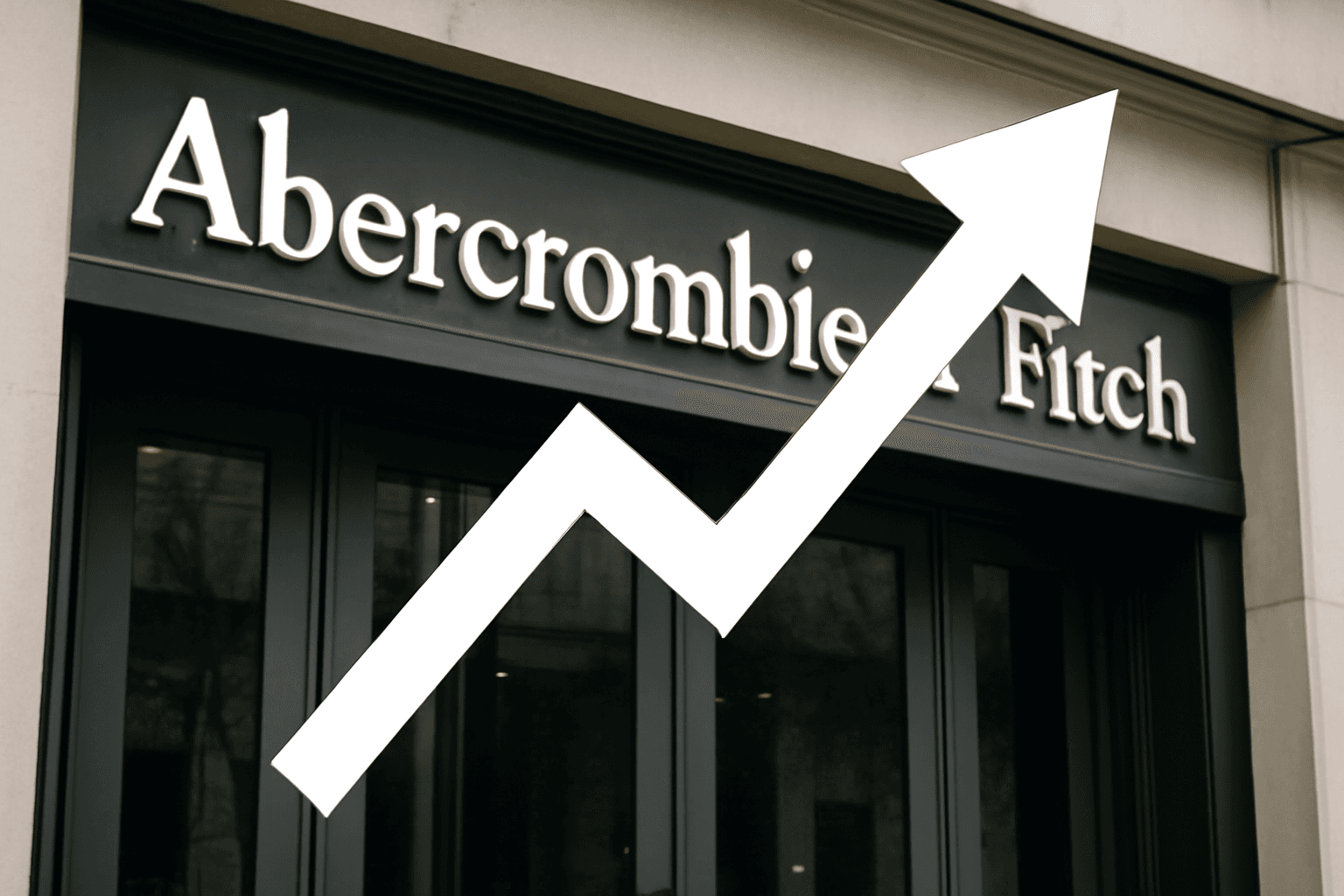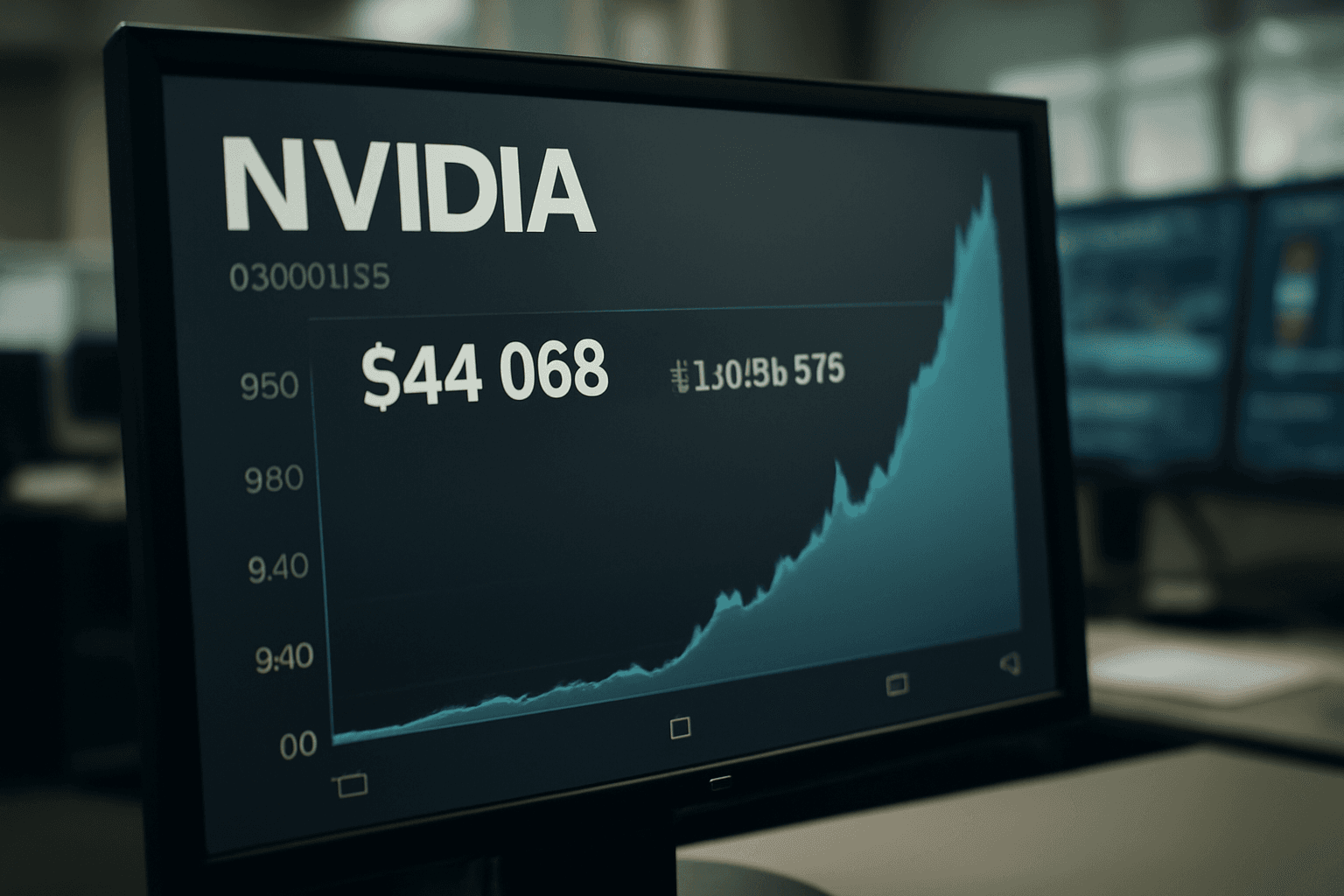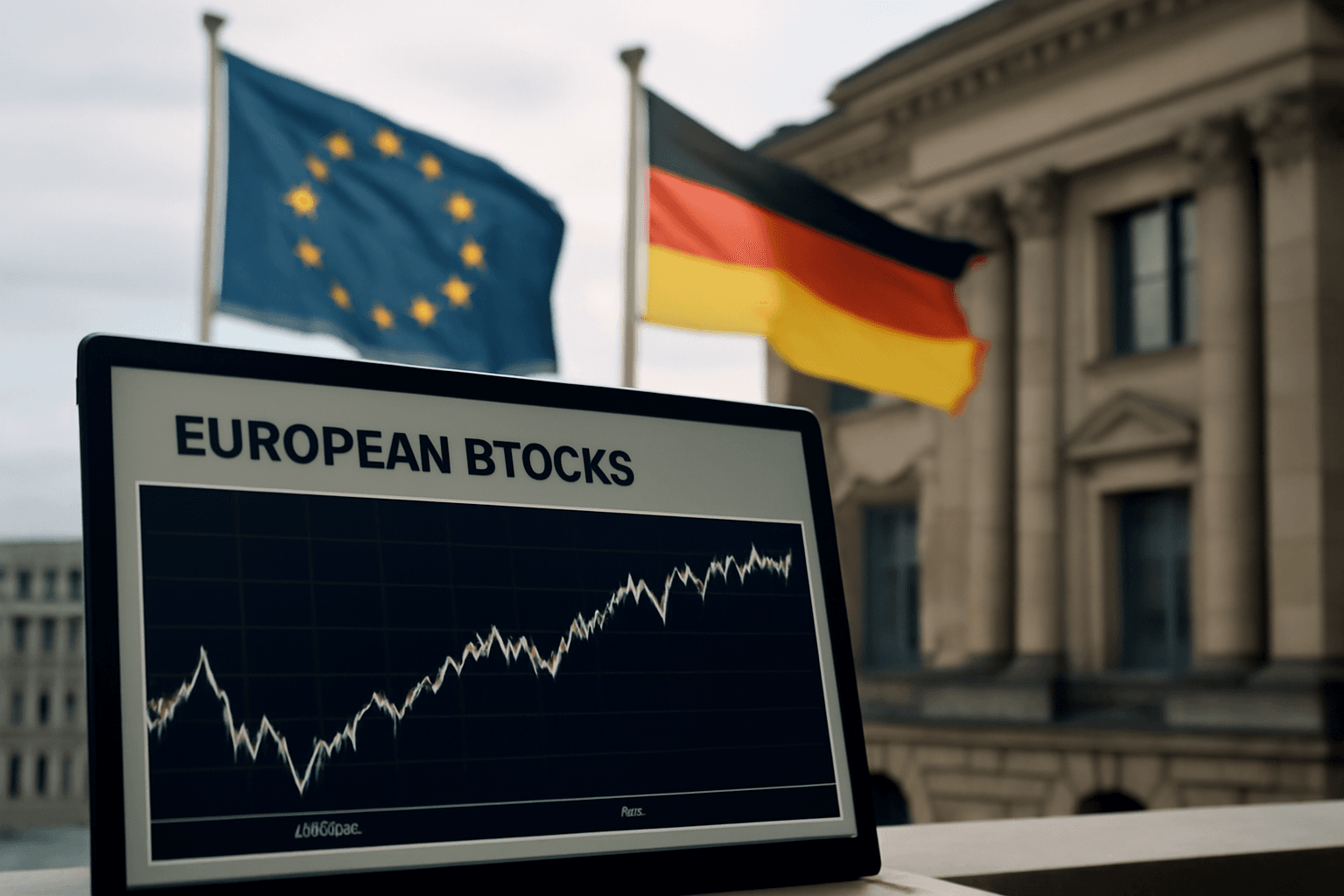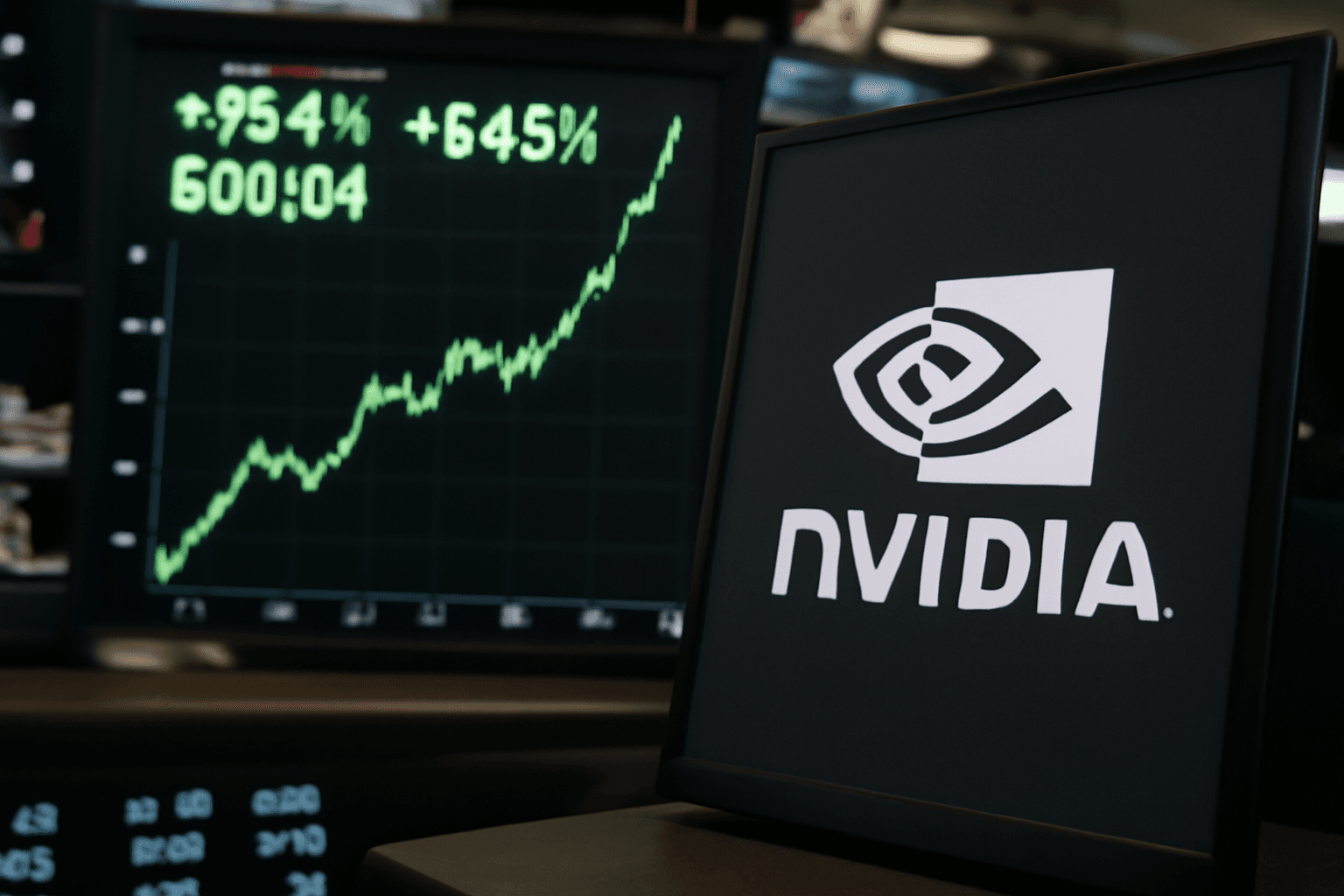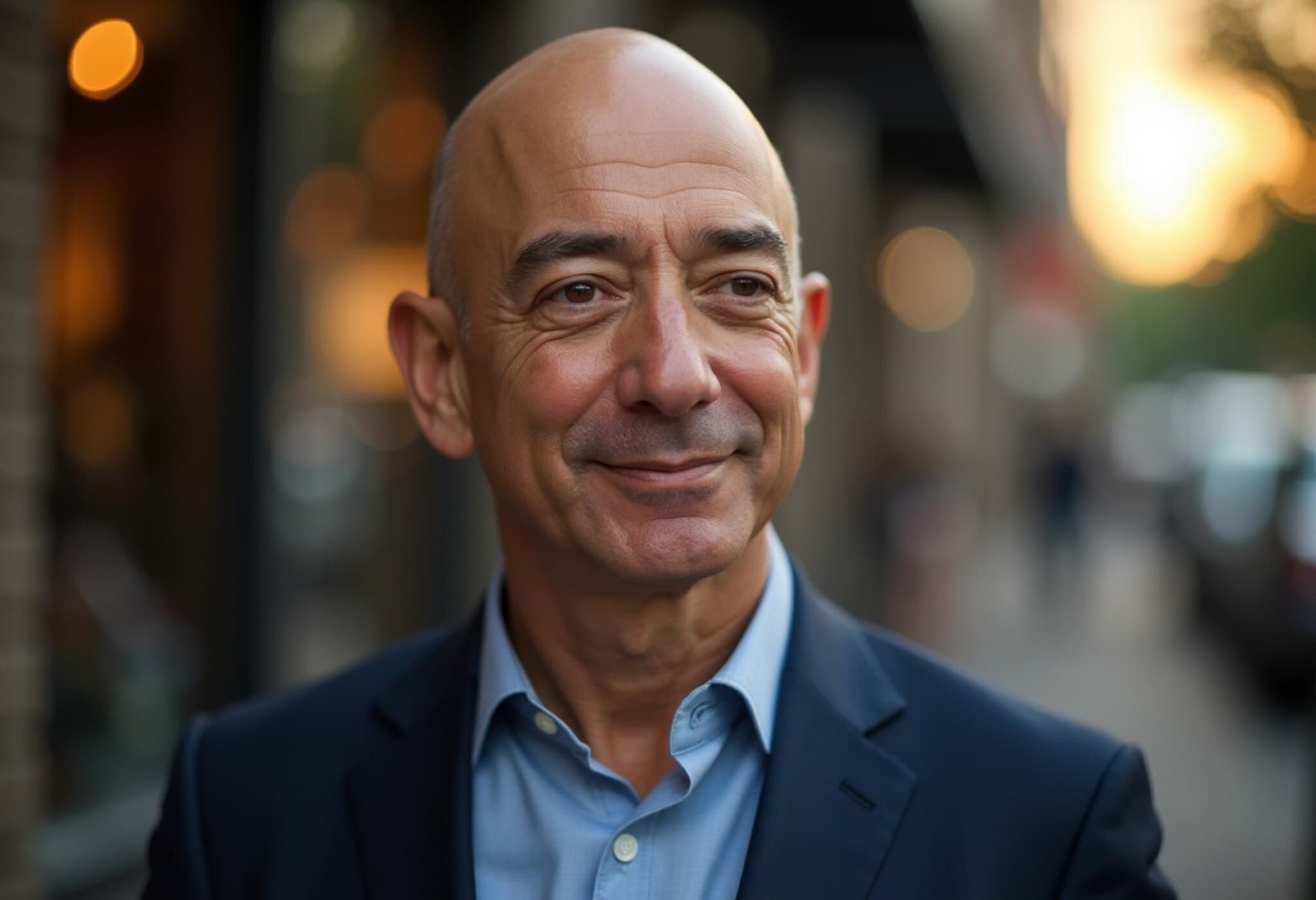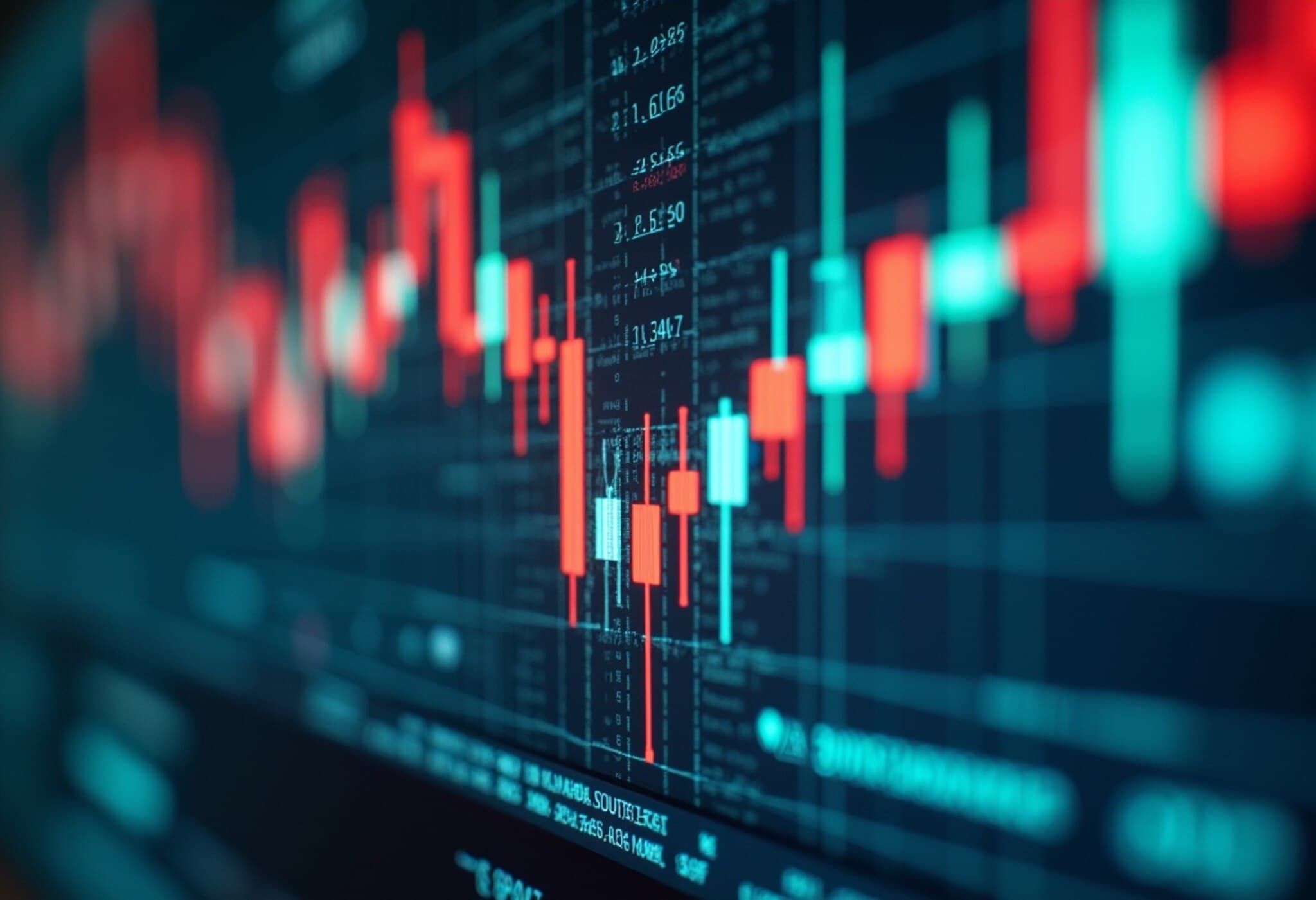Finding Reliable Dividends in a Complex Market
For income-focused investors navigating today's stock market, dividend yields can seem like a beacon of steady cash flow. However, as Bank of America experts caution, not all high dividend yields are created equal. Some companies pay out dividends that are unsustainable, masking underlying financial challenges that could lead to future cuts. This dynamic urges investors to look beyond headline yields and focus on firms with healthy earnings and cash flows capable of sustaining their payouts.
Why High Yields Can Be Risky: The Whirlpool Example
Take Whirlpool, for instance. Currently offering a striking yield above 8%, the appliance giant recently announced a sharp dividend reduction from $1.75 to 90 cents per share and lowered its full-year guidance. The culprit? Tariffs have disrupted supply chains, prompting Asian competitors to flood the U.S. market in ways that erode Whirlpool's competitive position. This illustrates how high dividend yields can sometimes be a red flag rather than an opportunity.
Bank of America’s Strategy: Seek Above-Market Yet Sustainable Dividends
Savita Subramanian, Bank of America's equity and quantitative strategist, emphasizes the evolving role of dividends. "We are now in a total return environment where dividends contribute significantly more to market returns than over the past decade," she noted. This shift is fueled by lower overall market yields and more cautious price appreciation.
To identify dependable dividend payers, Bank of America analyzed the Russell 1000 index, ranking companies by trailing 12-month dividend yield. They focus on the second quintile — companies with above-average but not extreme yields — to avoid firms that might be distressed or at risk of cutting dividends due to plummeting stock prices.
Quintile 2: Balancing Yield With Financial Health
- Includes companies with robust but manageable dividend payouts
- Avoids high-yield companies that may be distressed or speculatively priced
- Incorporates a valuation discipline conducive to sustainable returns
Highlights from Bank of America’s Dividend Stock Picks
Exxon Mobil (XOM): A Record of Dividend Growth
Yielding around 3.5%, Exxon Mobil remains a stalwart in the energy sector, boasting 42 consecutive years of dividend increases. Despite recent mixed earnings reports — with revenue slightly missing targets — its steady dividend and strategic positioning in the evolving energy landscape have earned it an “overweight” analyst rating and an approximate 10% upside to consensus price targets.
American Electric Power (AEP): Powering Future Growth
The Ohio-based utility offers a 3.4% dividend yield and has outperformed expectations with rising revenues and operating earnings. CEO Bill Fehrman highlights AEP’s commitment to transforming the electric grid, driving growth via a planned $70 billion capital investment over five years. This infrastructure push supports reliability and clean energy transitions, positioning AEP for sustainable, long-term shareholder value.
Ventas (VTR): Capitalizing on Demographic Shifts
This real estate investment trust, paying a 2.9% dividend, focuses on senior housing, skilled nursing, and medical office properties — sectors benefiting from an aging population in North America and the U.K. Analysts favor Ventas as a strategic play on healthcare real estate, with a positive outlook and an average analyst price target upside of 13%.
Philip Morris International (PM): Transitioning to Smoke-Free Futures
Despite a recent 8% stock drop post-earnings due to revenue misses, Philip Morris remains a compelling dividend play with a 3.3% yield. The company's strategic pivot towards smoke-free alternatives, like the popular Zyn oral nicotine pouch, has driven robust market enthusiasm — pushing its year-to-date gains to 36%. Analysts see 17% upside potential, reflecting confidence in its evolving product mix.
The Coca-Cola Company (KO): A Resilient Consumer Staple
Coca-Cola, offering a 2.9% dividend yield, recently topped earnings expectations, underscoring strong consumer demand despite macroeconomic headwinds. CEO James Quincey highlights the company's adept management of tariff impacts and supply challenges, emphasizing confidence in navigating the remainder of the year. The stock has appreciated 11% year to date, with analysts assigning an “overweight” rating and a 15% price target upside.
What Investors Should Take Away
This nuanced approach to dividend investing underscores the need to look beyond raw yield numbers. Investors should focus on companies with strong fundamentals, sustainable cash flows, and prudent capital allocation policies rather than chasing the highest payouts.
As Subramanian advises, "seek stocks with yields above the market average but without stretched payouts." In today’s market environment, where total returns are increasingly dividend-driven, such a strategy can enhance portfolio resilience and income stability.
Editor’s Note: Navigating Dividends in a Changing Economic Landscape
Today’s challenging economic conditions — from trade tensions to sector disruptions — demand vigilance. Dividend yield alone is no longer a sufficient indicator of value or safety. Investors must couple dividend analysis with deep fundamental research and an eye towards forward-looking risks such as tariff impacts, regulatory shifts, and changing consumer behaviors.
Moreover, as the U.S. faces shifts in monetary policy and inflationary pressures, dividend stocks with stable and growing payouts could become essential anchors for income portfolios. Yet, critical questions remain: How will evolving energy policies reshape dividend strategies in the oil and gas sector? Can companies in heavily regulated utilities or healthcare real estate sustain growth amid demographic and technological changes?
Ultimately, dividend investing is about balancing yield with quality — an endeavor requiring experienced judgment, ongoing analysis, and patience.




